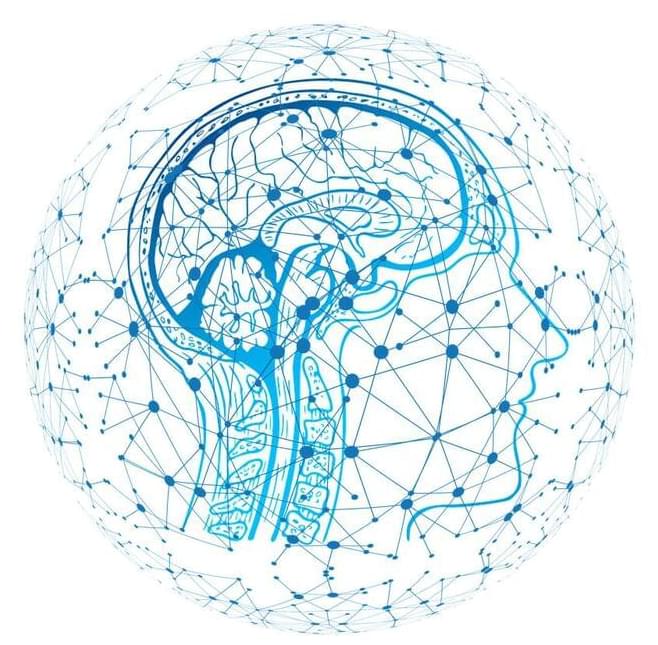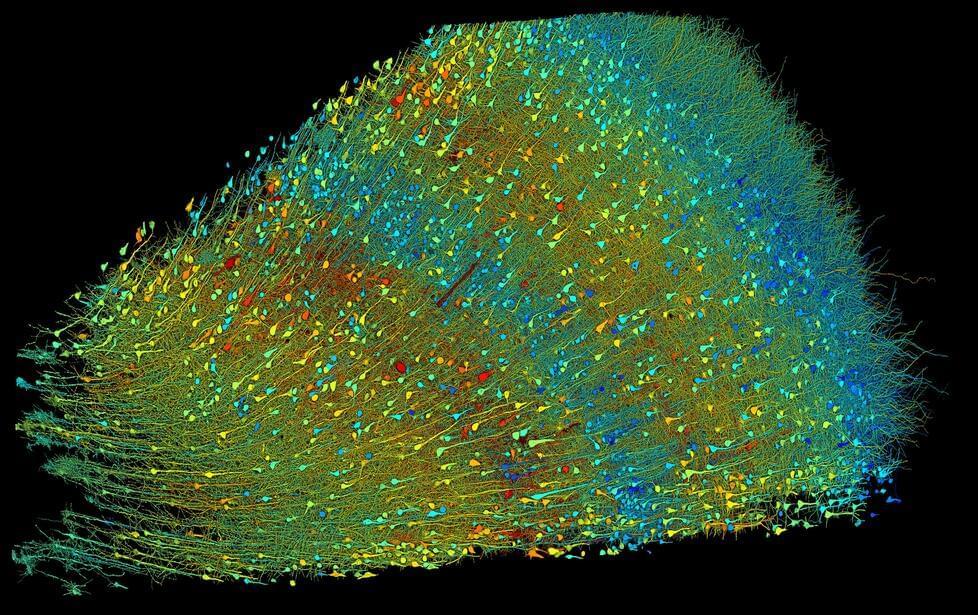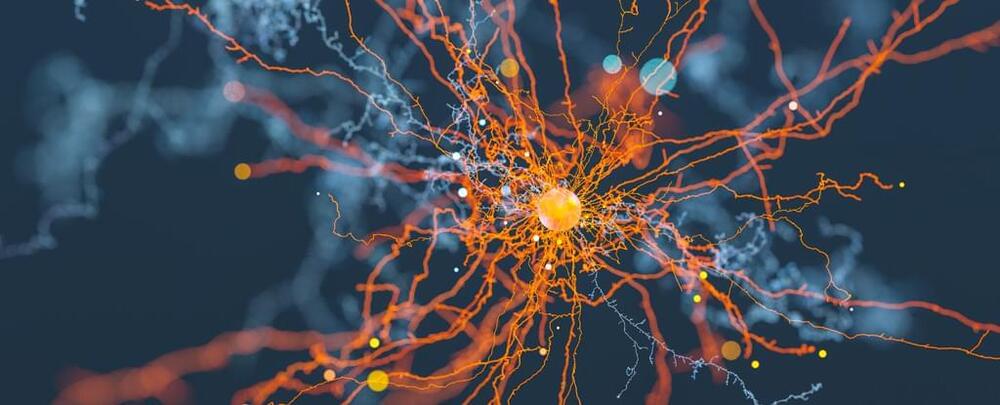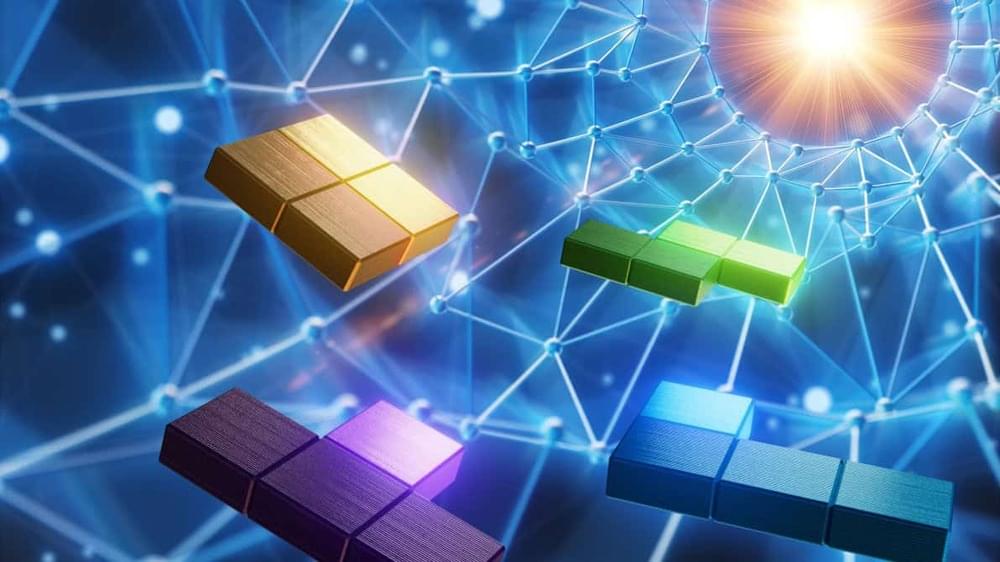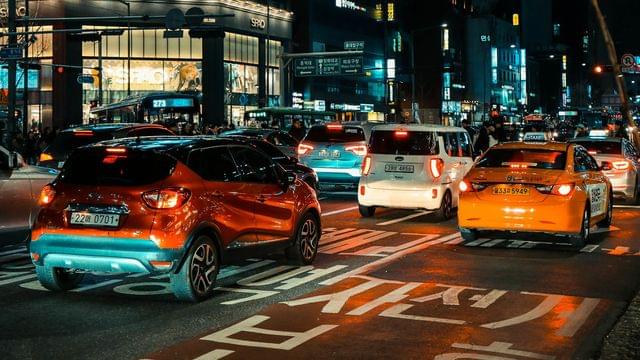The DESI collaboration is conducting a groundbreaking experiment to understand the universe’s expansion and acceleration. Their work with the DESI instrument has enabled them to map the cosmos from its early stages to the present, challenging existing models of the universe. Initial findings suggest there may be more to discover about dark energy and cosmic acceleration. The project’s innovative approach, including a fully blinded analysis, ensures that their conclusions are based on unbiased data, paving the way for future discoveries in astrophysics. Credit: SciTechDaily.com.
The DESI collaboration is examining the universe’s accelerating expansion through comprehensive mapping from its early stages to the present. Their findings challenge traditional cosmic models and suggest new insights into dark energy, all while utilizing groundbreaking, unbiased research methods.
A team of researchers, including an astrophysicist from The University of Texas at Dallas, as part of the Dark Energy Spectroscopic Instrument (DESI) collaboration, is leading a groundbreaking experiment aimed at exploring the universe’s expansion and acceleration.


